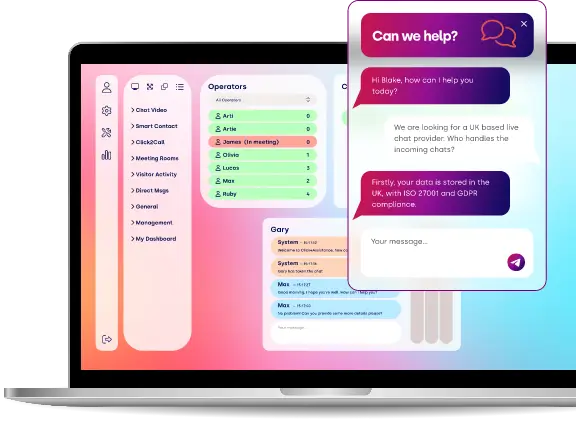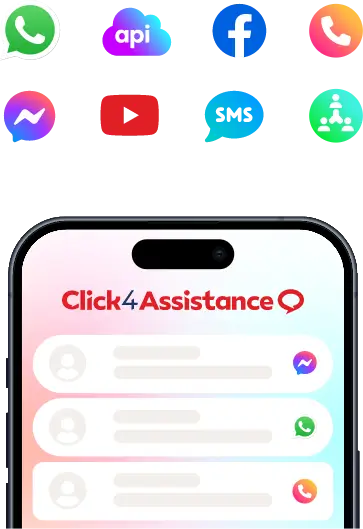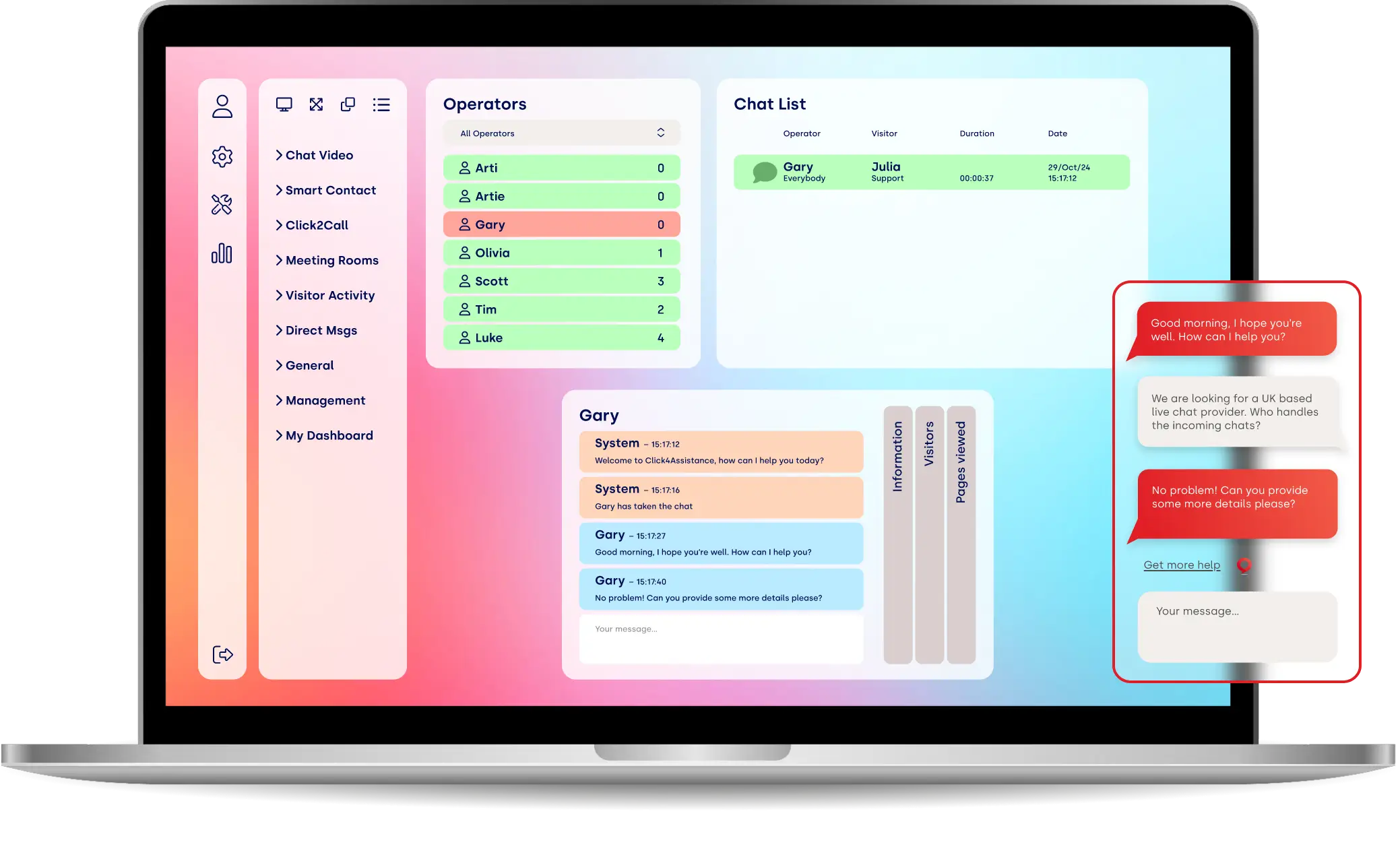Communication Revolution

Discover how the communications revolution is changing lives, and how we can expect it to evolve in the future.
The way we communicate is changing. Thanks to technology, conversing with someone on the other side of the planet is easier than it ever was in the past. Modern mobile telephones, 5G internet and online chat software apps allow people to communicate across geographies and cultures in ways that would have seemed impossible in the past.
We’re currently in the midst of an ongoing communication revolution. The spread of technology potentially has the power to lift people out of poverty, educate those who haven’t been to school, and provide remote work for people all over the globe.
In this post, we look specifically at some of the ways that communication technologies change people’s lives. We then discuss how it may evolve in the future.
How Communication Technology Is Changing Lives
There are multiple ways in which communication technology is changing lives. Some transformations are to be expected, while others weren’t anticipated at all.
It Breaks Down Barriers
The world is becoming more of a “global village.” That’s because time and distance barriers are eroding. A hundred years ago, it took more than a week to get to the Far East. Today, travelling from London to Beijing takes less than 12 hours.
In the 1990s, it became possible to communicate with someone on the other side of the world via mobile telephone networks. You could simply type an international dialling code into your phone and call family in Australia or Canada whenever you wanted.
Then, in the 2000s, prices for these services came down significantly. Roaming charges fell from £4 per minute to less than £1, allowing more people to make international calls.
At the same time, smart phones began to emerge. Instead of using traditional telephony networks, these tapped into broadband internet, allowing the sending and receiving of calls using regular data instead.
In recent years, we’ve seen the development of machine learning-based real-time language translation. This technology allows people to communicate, even if they don’t know each other’s language. All a person has to do is speak to their smartphone in their native tongue and then it will translate what they say into their language of choice.
It Inspires Action
When people live in isolation from knowledge, it is hard for them to improve their lives. They can’t get access to information that shows them how they can live better or improve their financial position.
However, with the increasing prevalence of mobile communications in developing countries, that’s all changing. According to Pew Research, the percentage of people accessing the internet via a smartphone is high. In China, for instance, 87 percent of people aged 18 to 34 regularly surf the web. In Venezuela, the same figure is 84 percent, and in Mexico, it is 73 percent.
Interestingly, many parts of the world appear to be skipping the landline stage and going straight to cell phones. For instance, in India, only 8 percent of people have a working landline. In the Philippines, that figure is 7 percent, and it is only 1 percent in places like Uganda, Ghana and Nigeria.
Mobile phones are providing opportunities to earn higher incomes. For instance, in the Philippines, many people signed up to video games that pay you to play, with some individuals earning more than $100 per day. In parts of Africa, such as Nigeria, as well as India, mobile phone owners are using their devices to earn a living as sales agents or customer support reps.
It Improves Quality Of Life
The communications revolution is also leading to improvements in quality of life. For instance, in underbanked countries, it is providing people with greater financial control. Banking via mobile phone gives people more financial control and makes it less likely that they will become the victim of stealing.
The ability to send and receive money via telephone may help give women more freedom in certain countries as well. It makes receiving payment from employers more secure and gives them digital stores of money that only they can access.
In the developed world, communication technology is helping to bypass the traditional banking system altogether. Biometric identification on many e-wallets and apps is making them increasingly secure and superior to PIN-enabled methods.
Communication technology is also changing how people learn. It’s now easier than ever to sign up to an elearning course and study a new topic. Learners can then use these skills to access higher paid jobs in the labour market.
How Communication Technology Will Evolve In The Future
In many ways, we are still early on in the communication technology revolution. While progress is impressive, there are still opportunities to go even further.
Take machine learning, for instance. With advances in artificial intelligence, it may be possible to hold a conversation with a chatbot that feels like talking to a real person.
The future benefits of such online chat software are startling. Human-like chatbots could provide all sorts of valuable services at virtually zero cost, including:
- Customer support and troubleshooting
- Counselling and advice
- Assistance with work and scheduling
We may also witness the rise of machine-to-machine communication. The idea here is to allow networked devices and platforms to communicate with each other using AI.
While it sounds futuristic, this type of communication is already being used in the healthcare industry. For instance, devices are monitoring patients’ vital signs and then communicating with dispensers to distribute medication as needed.
We are also likely to see upgrades to the way humans and machines communicate. Currently, bandwidth is narrow. Humans can only input data into computers at the speed that their hands move. However, with new brain-reading technology, bandwidth could increase. Neural laces, for instance, could allow people to express their thoughts digitally, without the hassle of having to use their thumbs.
Conclusion
In summary, we are currently in the midst of a communication revolution, and it’s not done yet. Technology continues to advance and has the potential to dramatically improve people’s lives, not just in developed countries, but developing ones too.
























